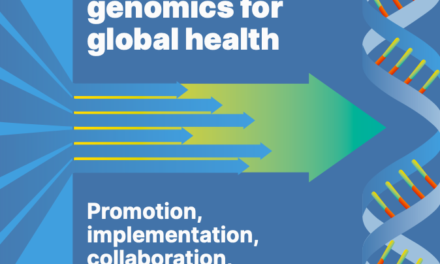Scientists have outlined a strategy to mitigate the increasing global temperatures. As of January 2024, global surface temperatures have risen 1.5°C above the average, underscoring the urgent impact of climate change and nearing the threshold set in the 2015 Paris Agreement.
Despite the daunting trajectory, a report from the Joint Global Change Research Institute (JGCRI) suggests that it is still feasible to limit temperature rise to below 1.5°C. Led by the Center for Global Sustainability at the University of Maryland, this study presents a clear roadmap for action.
The report identifies six critical sectors for policy intervention: power, transportation, buildings, industry, land use, and non-CO2 greenhouse gases such as methane. By focusing efforts on these areas, nations can significantly slash global greenhouse gas emissions.
“These recommendations offer the greatest potential for emissions reductions in the global economy,” remarked Michael Westphal, now Head of Science for the Intergovernmental Panel on Climate Change (IPCC). “Together, they constitute the All-of-Society Climate Change Pathway.”
Using the Global Change Analysis Model (GCAM), researchers demonstrated how policies in these sectors could achieve the global temperature goal. Gokul Iyer, a co-author of the report and senior Earth scientist at JGCRI, highlighted GCAM’s role in integrating the world’s energy, agriculture, land use, water, and climate systems.
If implemented promptly, these policies could cut greenhouse gas emissions by 32% by 2030. Here’s how each sector could transform under the All-of-Society 1.5°C Climate Pathway:
Power: Increasing renewable energy deployment, upgrading power grids, and phasing out coal plants could ensure that renewables contribute 62% of global electricity generation by 2030.
Transportation: Investments in public transit infrastructure and incentives for electric vehicles could raise global electric vehicle sales to 51%.
Buildings: Electrifying buildings with technologies like heat pumps and enforcing stricter energy efficiency codes could significantly reduce emissions from this sector.
Industry: Implementing electrification and efficiency standards in manufacturing processes could cut emissions from industries like iron, steel, and cement production.
Non-CO2 greenhouse gases: Strengthening regulations and incentives to reduce methane emissions from agriculture and fossil fuel extraction could lead to a 30% reduction in methane emissions by 2030.
Land use: Protecting forests and managing land use more sustainably could contribute to 6% of total emission reductions by 2030, crucial for maintaining carbon sinks.
While the challenge of climate change is immense, the JGCRI report underscores that it is possible to tackle rising global temperatures through targeted policies across these sectors. Achieving the goals of the Paris Agreement demands collective action, innovation, and commitment from all sectors of society.












